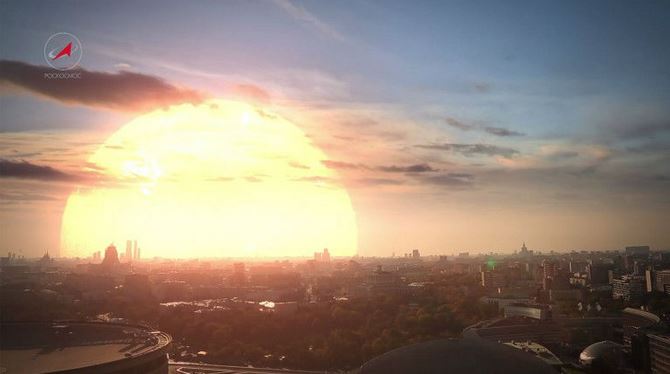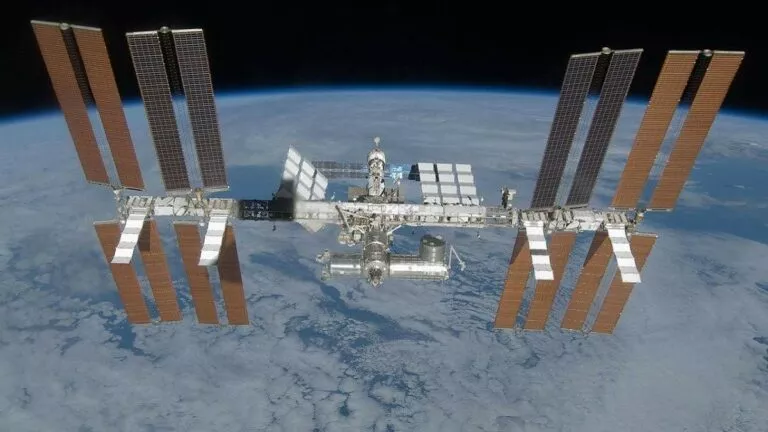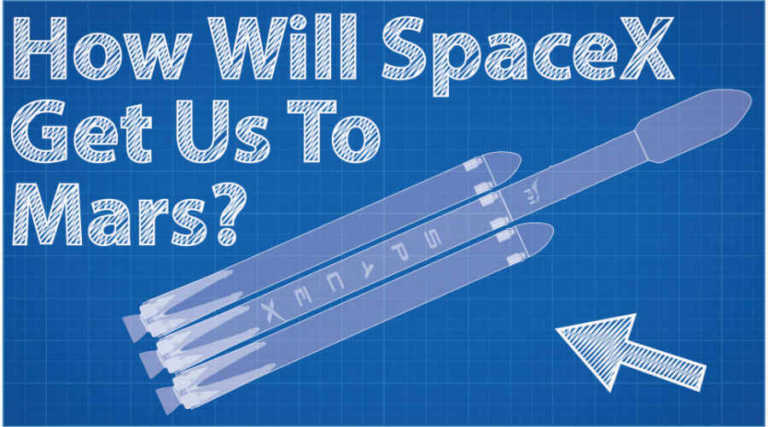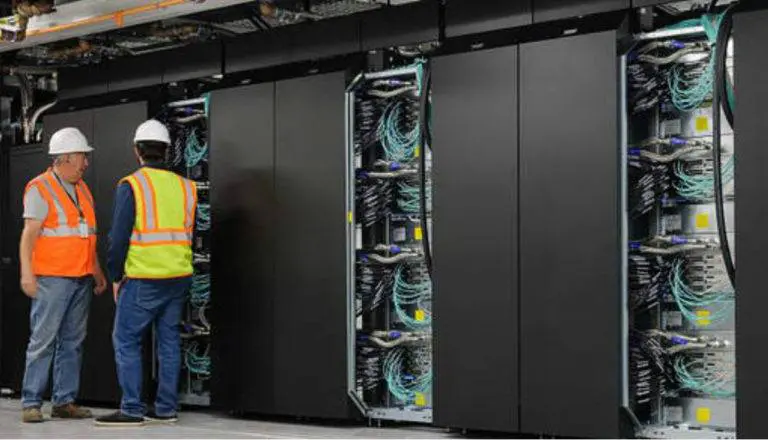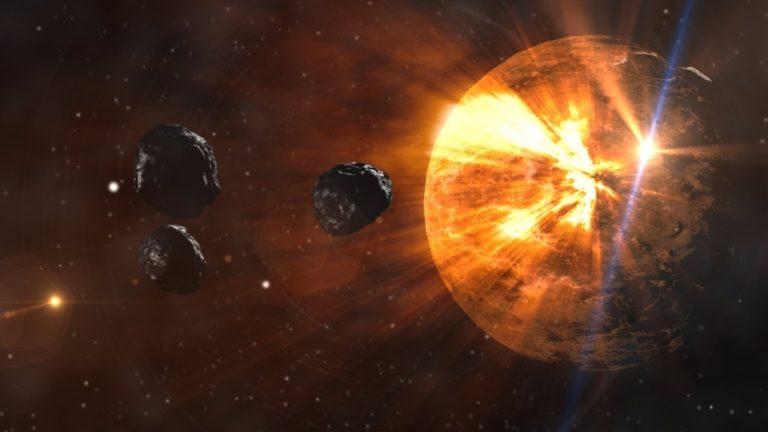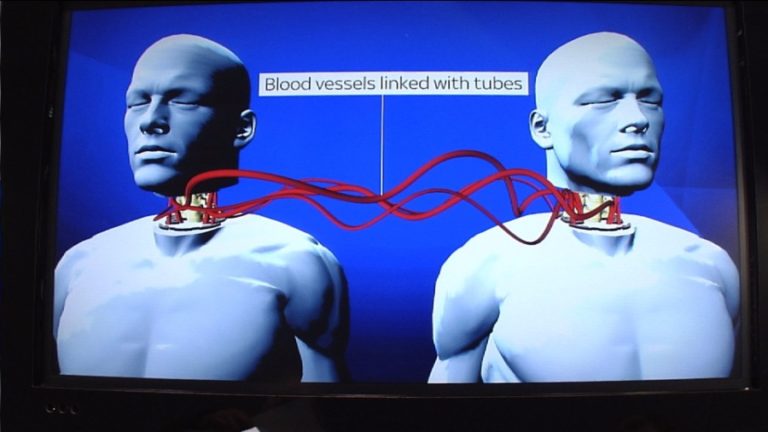Identical Earths Are Yet To Come Into Existence: NASA
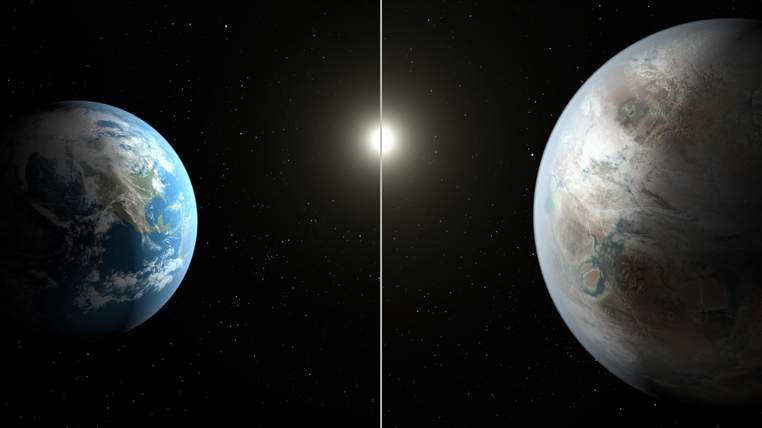
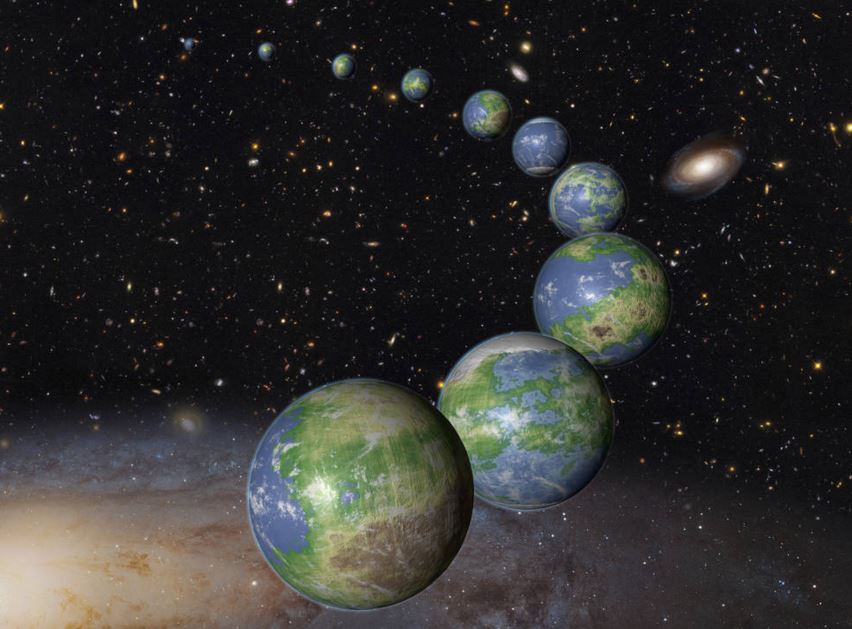 Short Bytes: Scientists have come with a new theory as of why humans are unable to find identical Earths. Reason: We are too early into the party.
Short Bytes: Scientists have come with a new theory as of why humans are unable to find identical Earths. Reason: We are too early into the party.
However, the reason that we have not bumped into more of identical Earths might have another explanation than our technological limitations. According to a theoretical study, the moment our solar system was born 4.6 billion years ago, only 8% of the total habitable planets had been in existence in the Universe up until then.
Today, our Earth is about 4.5 billion years old and is sits comfortably among that special 8% inhabitable category. Now, here is the interesting part of the theory. What about the rest 92%?
Well, those are the planets that are yet to be born. There are billions of identical Earths (a lot more, actually) which are awaiting their existence. That means the Universe is not busy just cooking up more Suns, but there is more than enough matter left that could help brood more of Earth’s copies.
This idea of our early evolution came as the scientists went through the chronicles of the Universe and saw the “family album” of the galaxy observations and star formations across time. All this was made possible due to the powerful Hubble telescope along with other masterpieces of science.
So, this simply means we are a bit early in the party! We could become an all powerful and intelligent species till those planets start sprouting life (and you thought homo sapiens was a backward species). Just like it is shown in movies, only with the positions reversed.
Peter Behroozi, the study author of the Space Telescope Science Institute (STScI) in Baltimore, Maryland says,
The one important thing that matters apart from the chemical and physical composition of the evolving planet is the distance from its Sun. Based on this feature of the star’s habitable zone, scientists have predicted that there should be around 1 billion identical Earths in the Milky Way itself.
Now if you add other 100 billion galaxies of this Universe, the probability of humans bumping into our juniors is overwhelming. Now that’s nostalgic.
How optimistic are you that humans would find more identical Earths while you are alive?
Via: NASA
[adinserter block=”12″][adinserter block=”13″]
